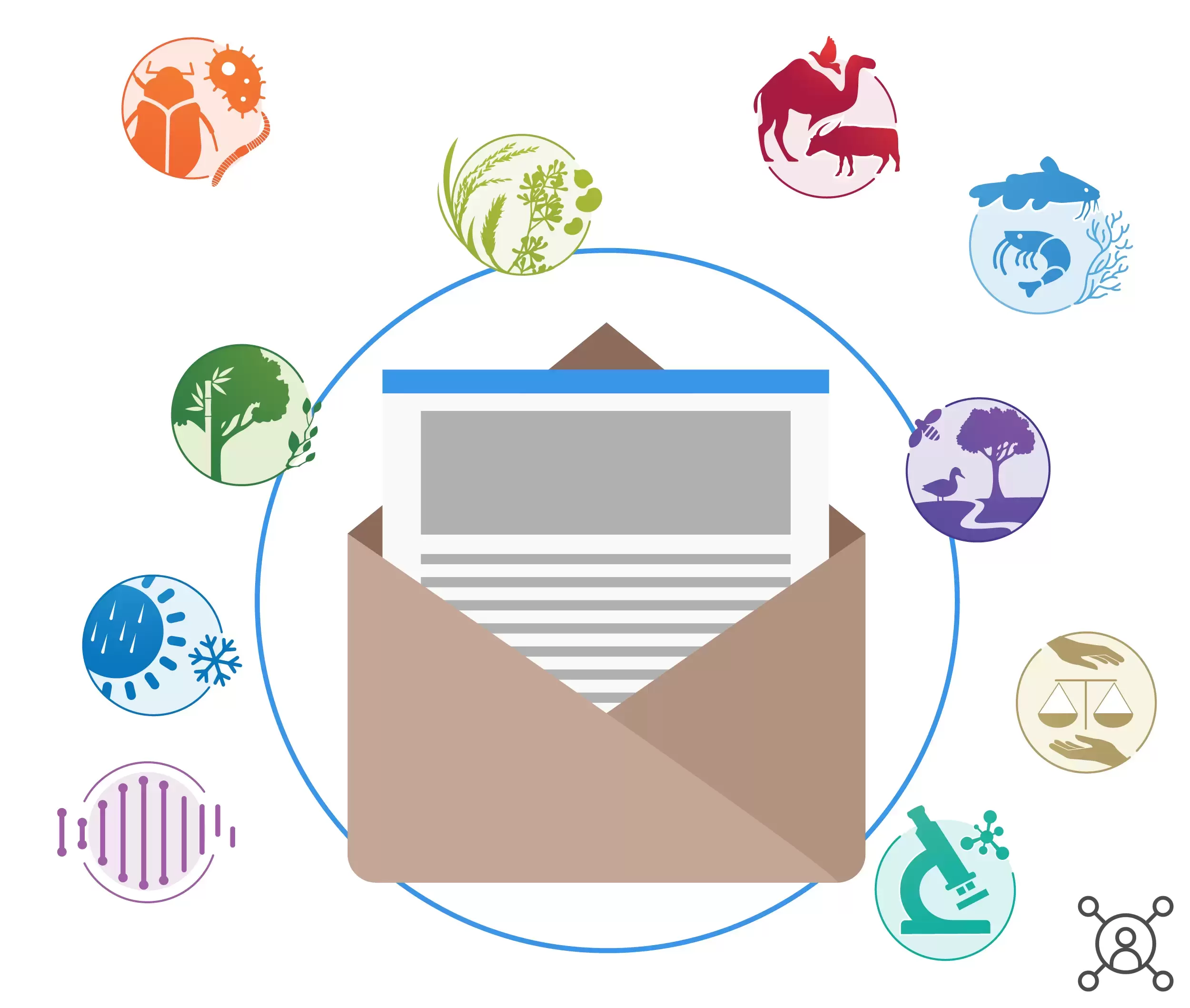How to Start Building a Successful E-Commerce Business
1) Find your niche.
Do you have a product to sell?
What about a special talent or service that would be valuable to the average consumer?
This will be the foundation of your ecommerce business.
2) Find your niche. Do you want to work for yourself or get ready to work for a larger company?
Solo ecommerce businesses are challenging, but they offer rewards for all the profits the business makes. Beginners in ecommerce may want to work for a larger company,
3) Create your own workspace. Building a website is crucial to ecommerce. Hosting can be free or for a monthly fee.
There are professional website designers available for hire, many of whom are willing to work for less.
4) Get Paid!
Figure out how you will accept payment. The most common method is PayPal. Make sure that whatever payment method you use is accepted on your site as well as on your clients’ sites.
5) Promote, promote, promote.
If you’ve made it this far, it’s time to promote your business. Your website is only as good as the promotion it generates.
You can buy ads on Google, Yahoo, and all the other major search engines.
Search engine optimization (SEO) is a technique that can be used to make your website more prominent in web searches.
That’s all about ecommerce.
These five easy steps to building your ecommerce business will help you increase your sales and profits.
Ecommerce – Four Parts of a Success Strategy
Did you know that more than 75 million U.S. residents have purchased something online?
Some estimates predict that online sales will reach $395 billion.
Selling products or services online is a huge opportunity for businesses of any size.
Many businesses and entrepreneurs alike wonder what the secret formula for online success is.
Many wonder if there is a “formula” for online success, something that can be replicated over and over again by different industries.
Selling online should be approached like any marketing venture. Let’s start with the four elements of marketing.
Product:
You must have a product that can be sold online. The ideal product is one that is unique and difficult for a competitor to copy.
If you have a product that does not have these two elements, you may face some real stiff competition online.
Software or an information resource (sold as an e-book, audio download, or video) that only you can offer would be examples of good products.
The product must also have a large enough market, one that is shopped online, to make selling it online profitable. The interesting thing about the Internet is that it has brought together and created markets that were very difficult or expensive to access before the Internet. Finally, the product must be easy to ship and cost-effective.
Price:
Selling online expands your potential target market, but it also increases the number of competitors you have. Can you sell your product at a competitive price?
What makes your product or service unique? What is your unique selling proposition? Having a unique product or a combination of other factors unique to your business or product will help you compete strictly on price.
While the internet has made it possible to aggregate and access markets that may not have been profitable in the past, it also reduces many products to a commodity where the lowest price wins.
With services like Google shopping and others, finding the lowest price on anything is very easy for customers.
So, to sell successfully online, you either need a price advantage, i.e. you can get it at a price that no one else can get and still make a profit from it or you can sell it in a way that either through your own supply chain or because of uniqueness that competitors cannot match, but still allows you to make a profit from it.
Place:
How is your product delivered to your target market?
Can they download it like software or do you have to physically ship it to them?
If it has to be shipped to them, can the product be easily packaged and shipped cost-effectively?
Ideally, the product can be sold and downloaded without human intervention. The next best case would be the product being shipped from your supplier directly to the customer and you are simply responsible for the marketing element of the transaction.
Online Product Promotion:
Once you have covered the first three points, this is really the key to determining online success.
You have two basic issues that you need to cover in promotion. First, how do you actually get people to your online store?
You can use online advertising such as pay per click advertising, search engine optimization, email marketing, displaying ads on high-traffic websites, affiliate programs, or some emerging social marketing methods such as My Space, Facebook, and other online communities.
You can also use offline methods such as direct mail, radio, and television.
Some offline methods that drive consumers to websites provide a very effective way. Regardless of which methods you choose, you need to understand them and have the right marketing mix as well as a plan and budget to be effective.
Also, don’t forget how you want your brand to be described as you define and implement online promotion techniques.
After you have answered the basic marketing questions for using online sales in your business, you should turn your attention to the online store itself. Building an effective store requires intuitive site navigation, effective sales copy, and a color palette.
Convenient, easy checkout process. You need to answer questions about privacy, returns, discounts, and customer service.
Doing the right planning and working in each of these areas will be key to building a successful online business.
If you decide selling online is the right choice for your business, start by creating a marketing plan and working with an experienced e-business consultant.















